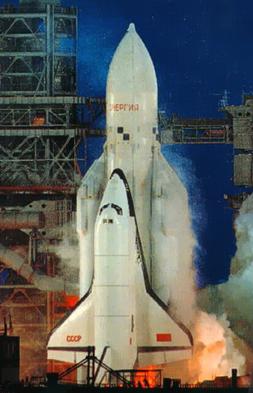How to install the app on iOS
Follow along with the video below to see how to install our site as a web app on your home screen.
Note: This feature may not be available in some browsers.
You are using an out of date browser. It may not display this or other websites correctly.
You should upgrade or use an alternative browser.
You should upgrade or use an alternative browser.
Amazing planes that failed
- Thread starter JonAsad
- Start date
untitled
SENIOR MEMBER

- Joined
- Sep 13, 2008
- Messages
- 7,516
- Reaction score
- 3
- Country
- Location
No one mentioned the RAH66 Comanche Helicopter
Boeing X-32 prototype which lost the Lockheed X-35 which eventually became the F-35.
The Lockheed YF-12, a missile carrying version of the SR-71
Israeli Lavi the daddy of the Chinese J-10
F-20 Tigershark the daddy of our JF-17
Boeing X-32 prototype which lost the Lockheed X-35 which eventually became the F-35.
The Lockheed YF-12, a missile carrying version of the SR-71
Israeli Lavi the daddy of the Chinese J-10
F-20 Tigershark the daddy of our JF-17
Dark Angel
SENIOR MEMBER

- Joined
- Nov 12, 2009
- Messages
- 1,066
- Reaction score
- 0
Great to know about these planes i guess even failure leads to abundant knowledge at least
SBD-3
ELITE MEMBER

- Joined
- Sep 19, 2008
- Messages
- 15,115
- Reaction score
- -9
- Country
- Location
F-20 Tigershark the daddy of our JF-17
now thats interesting for me to know......can you elaborate this more????

untitled
SENIOR MEMBER

- Joined
- Sep 13, 2008
- Messages
- 7,516
- Reaction score
- 3
- Country
- Location
now thats interesting for me to know......can you elaborate this more????
The airframe bears a striking resemblance to the f-5/f-20 tiger
SBD-3
ELITE MEMBER

- Joined
- Sep 19, 2008
- Messages
- 15,115
- Reaction score
- -9
- Country
- Location
The airframe bears a striking resemblance to the f-5/f-20 tiger


 I ve got my answer.....Thank you
I ve got my answer.....Thank youPAFAce
SENIOR MEMBER

- Joined
- Jan 7, 2009
- Messages
- 1,637
- Reaction score
- 0
All valid except the X-32. The Comanche failed, yes, and so did the Lavi. However, the X-32 only lost out in a competition. I wouldn't classify that as a failure. It hadn't advanced to the point where it was chalked up to be mass produced. The others all started out as designs that were supposed to fill Air Forces, but didn't.No one mentioned the RAH66 Comanche Helicopter
Boeing X-32 prototype which lost the Lockheed X-35 which eventually became the F-35.
Israeli Lavi the daddy of the Chinese J-10
F-20 Tigershark the daddy of our JF-17
That doesn't make it the daddy of the JF-17. The Tigershark only looked similar to the JF-17. I had brought this up about a year ago in one of the threads here, and we had quite a lengthy debate on it. Dig it up, you might like it.The airframe bears a striking resemblance to the f-5/f-20 tiger
I think they don't bring it up because they too have operated some flying coffins. The MiG-21s, for example.We can laugh at the Indian Marut but I am surprised none of the Indians mentioned the stubby winged F-104 which was known as the flying coffin in the Luftwaffe.
Leonidas
FULL MEMBER

- Joined
- Jun 29, 2010
- Messages
- 186
- Reaction score
- 0

Bartini Beriev VVA-14
The Bartini Beriev VVA-14 was developed in the Soviet Union during the 1970s. Designed to be able to take-off from the water and fly at high speed over long distances, It was to make true flights at high altitude, but also have the capability of 'flying' efficiently just above the sea surface, using ground effect. The VVA-14 was designed by Robert Bartini in answer to a perceived requirement to destroy United States Navy Polaris missile submarines.

The above pictures are the remains of a dismantled aircraft. The original design looked like this..
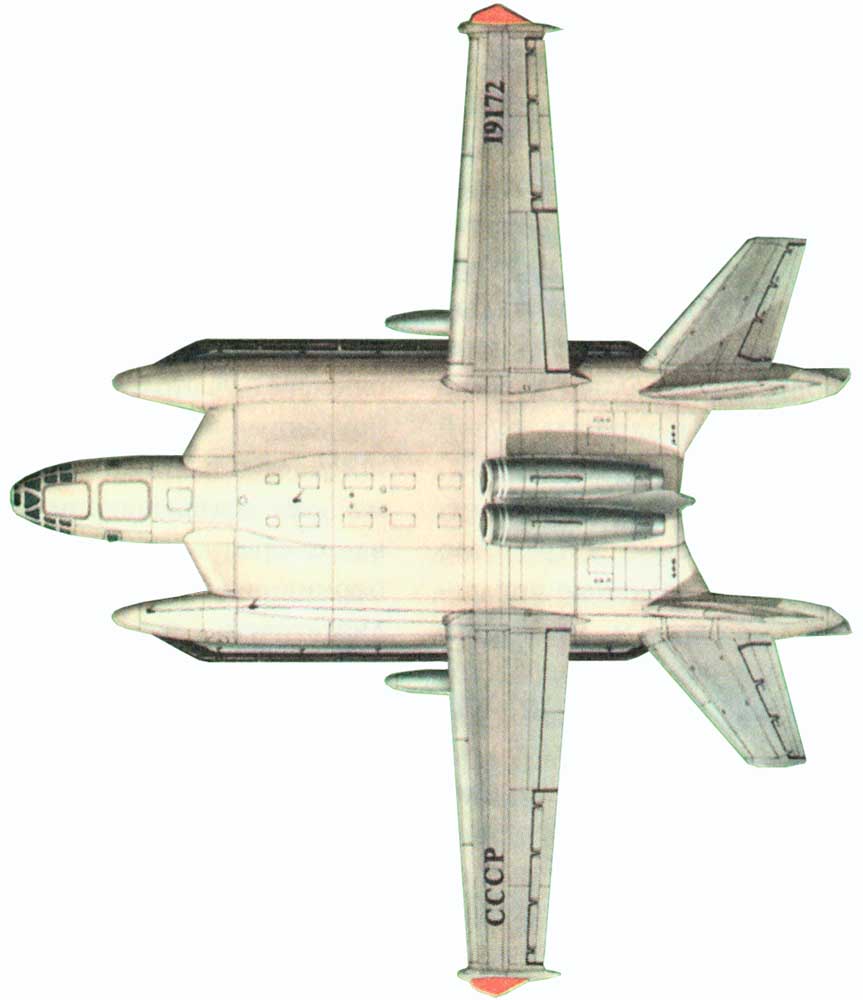


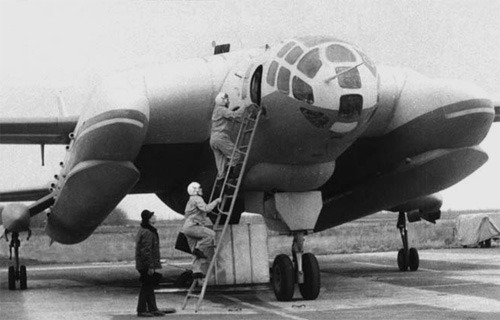
Last edited:
Leonidas
FULL MEMBER

- Joined
- Jun 29, 2010
- Messages
- 186
- Reaction score
- 0
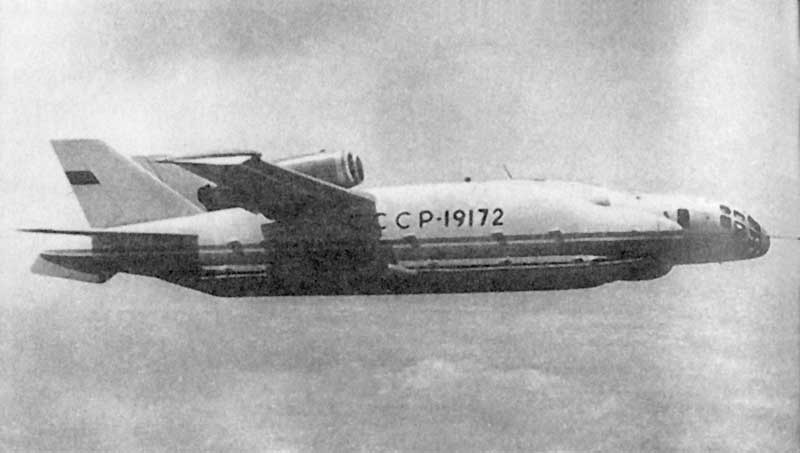
Bartini Beriev VVA-14
Role - Amphibious ASW aircraft
National origin - Soviet Union
Manufacturer - Beriev
Designed by - Robert Bartini
First flight - 1972
Number built 2 Prototypes

General characteristics
Crew: 3
Length: 25.97 m (85 ft 2 in)
Wingspan: 30 m (98 ft 5 in)
Height: 6.79 m (22 ft 3 in)
Wing area: 217.79 m² (2344 ft²

Empty weight: 23,236 kg (51,119 lb)
Gross weight: 52,000 kg (114,400 lb)
Performance
Maximum speed: 760 km/h (472 mph)
Cruising speed: 640 km/h (398 mph)
Range: 2,450 km (1,522 miles)
Service ceiling: 8,000-10,000 m (26,247-32,808 ft)
and guys, the most amazing thing about this giant beast was.. IT WAS A VTOL AIRCRAFT.
VVA- Vertikal`no-Vzletayuschaya Amphibia (vertical take-off amphibious aircraft)
Powerplant: (Cruise) 2 × D-30M turbofans, 67 kN (15062 lbf) thrust each
(VTOL - not fitted) 12 × 12 RD-36-35 PR lift turbofan engines, 43 kN (9,666 lbf) thrust each
The VVA-14M1 was to be an aerodynamics and technology test-bed, initially with rigid pontoons on the ends of the central wing section, and later with these replaced by inflatable pontoons. The VVA-14M2 was to be more advanced, with two starting engines to blast into the cavity under the wing to give lift and later with a battery of lift engines to give VTOL capability, and with fly-by-wire flight controls. The VVA-14M3 would see the VTOL vehicle fully equipped with armament and with the Burevestnik computerised ASW (anti-submarine warfare) system, Bor-1 MAD (magnetic anomaly detector) and other operational equipment.
THAT SURELY WAS ONE AMAZING PLANE THAT FAILED...
Last edited:
IndianRobo
BANNED

- Joined
- Aug 10, 2010
- Messages
- 251
- Reaction score
- 0
Why not post some pictures of this failed aircraft in indian colors
With Pleasure, Here You go
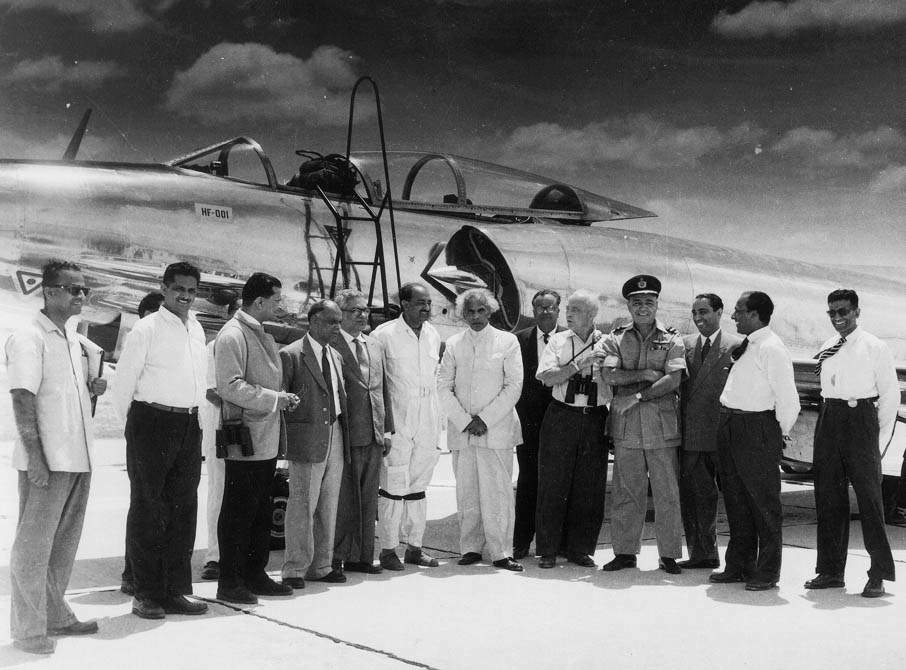



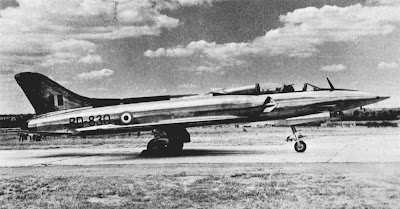
IndianRobo
BANNED

- Joined
- Aug 10, 2010
- Messages
- 251
- Reaction score
- 0
LCA is 4.5 genin development since decades.
Also marut wasnt an indian design ! just like dhruv,arjunk it was german!
Marut Was Not a German Design....... It was very much an Indian Design.... Get Your History Correct.... Kurt Tank was the Designer of This Aircraft, Who before Joining the Hindustan Aeronautics was the Director of the Madras Institute of Technology, where one of his students was Abdul Kalam, Later He Joined Hindustan Aeronautics and Designed India's First ever Fighter Aircraft Hindustan Fighter Marut ...He was a German, But He was Working for and In India....
You are Blinded By Jealousy Mr....Get well Soon

Last edited:
AZADPAKISTAN2009
ELITE MEMBER

- Joined
- Sep 8, 2009
- Messages
- 37,669
- Reaction score
- 68
- Country
- Location
Aslan
SENIOR MEMBER

- Joined
- Sep 15, 2009
- Messages
- 4,551
- Reaction score
- 3
- Country
- Location
Marut Was Not a German Design....... It was very much an Indian Design.... Get Your History Correct.... Kurt Tank was the Designer of This Aircraft, Who before Joining the Hindustan Aeronautics was the Director of the Madras Institute of Technology, where one of his students was Abdul Kalam, Later He Joined Hindustan Aeronautics and Designed India's First ever Fighter Aircraft Hindustan Fighter Marut ...He was a German, But He was Working for and In India....
You are Blinded By Jealousy Mr....Get well Soon
Yaar at least present the facts the way they are, where you rightly mentioned that Kurt Tank was the director of Madras institute of Tech, you completely forgot to mention that he him self was a German aeronautical engineer who had designed planes for Germany in WW2 one of the very first inventions of his
Focke-Wulf Fw 200 C Condor
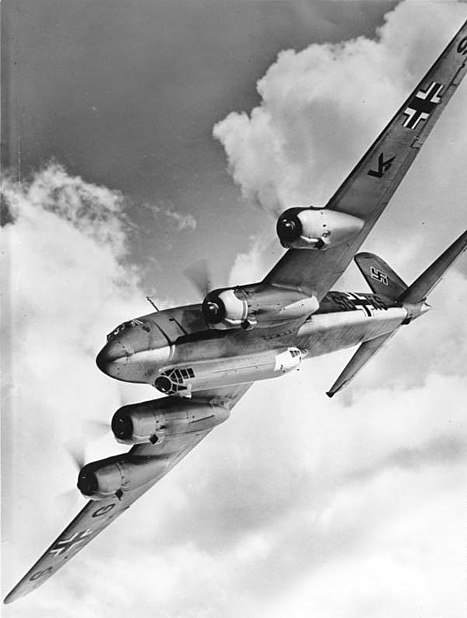
Another of his works;
Focke-Wulf Fw 190

And before he came to indian he had worked in many other places, namely Argentina where he designed, FMA IAe 33 Pulqui II

Similar threads
- Replies
- 5
- Views
- 1K
- Replies
- 0
- Views
- 300
- Replies
- 19
- Views
- 1K
Latest posts
-
-
-
Pakistan military officer sues Adil Raja for defamation in unprecedented UK action
- Latest: muhammadhafeezmalik
-
Pakistan Affairs Latest Posts
-
Pakistan military officer sues Adil Raja for defamation in unprecedented UK action
- Latest: muhammadhafeezmalik
-
-





